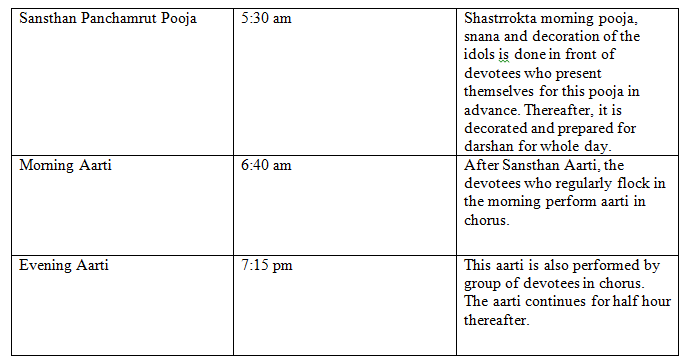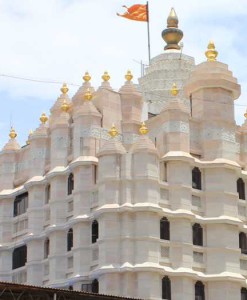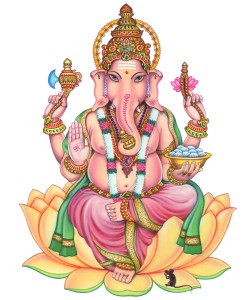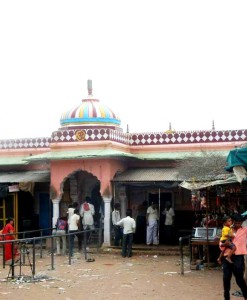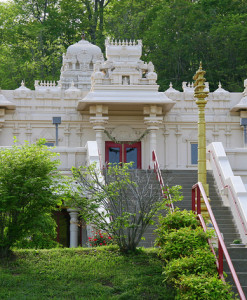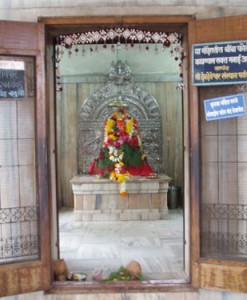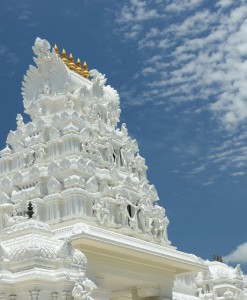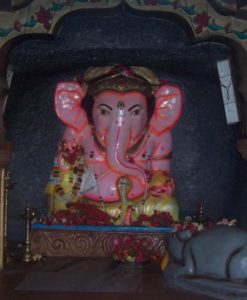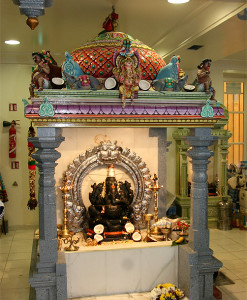No products in the cart.
The “Sarasbaug Ganapati” temple is run under the auspices of Shree Devdeveshwar Sansthan, Parvati and Kothrud. The Sarasbaug temple houses the idol of Shree Siddhivinayak (God who makes wishes true). A sacred ground of faith for millions of devotees in Pune and around the world, on an average the Sarasbaug temple receives ten thousand visitors a day and this figure goes up to eighty thousand devotees per day on Ganesha Chaturthi and other special occasions.
Various dignitaries and luminaries throughout India have made it a point to visit this sacred temple and seek the blessings of Shree Shiddivinayak. Some of the dignitaries include Late S. D. Sharma, Ex Vice President of India, Shankaracharya Shree Jayendra Saraswati of Kanchi Kamakoti Peetam, Lata Mangeskar, Hridayanath Mangeskar and Arun Date.
Sarasbaug Ganapati Temple, Maharashtra;
In the 18th century soon after completion of Shree Devdeveshwar Temple on the crest of Parvati hill, Shrimant Nanasaheb Peshwa turned his attention towards the development and beautification of environs of Parvati hills.
He constructed a lake along the Ambil odhha(stream) near Parvati foot hill. This lake was to be used for boating and creating gardens in the area. The excavation of the lake started around 1750, after completion of Parvati Temple and was still going on in 1753. One day, on his way to Parvati Temple, Shrimant Nanasaheb Peshwa noticed the slow progress of this work. Annoyed Shrimant got down from his elephant and himself started picking up boulders for erection of the dam wall. The shirking labourers were ashamed by Nanasaheb Peshwa’s act and the citizens also felt equally embarassed. Following this, It is said that the work got better momentum and was completed soon.
This lake at the Parvati foot hills had an area of about 25 acres(2000 Sq.mts.). An island of about 25000 Sq.ft. area was retained in the middle of this lake. Later on, a beautiful garden was created on this island. Shrimant Nanasaheb Peshwa gave it a rather poetic name, “Sarasbaug”.
In 1784, Shrimant Sawai Madhavrao Peshwa built a small temple in Sarasbaug and installed the idol of Shree Siddhivinayak Gajanan, the God he worshipped. Naturally Parvati, Sarasbaug and the lake became places of worship and leisurely walks for the people of Pune.
Folklore says that Shrimant Nanasaheb Peshwa and his astute consultants, conducted secret meetings and discussions while on the boat ride in this lake. The persons who rowed the boat at such times were either Habshis (Negros), who didn’t understand a single word of Marathi or Hindi, or were stone deaf and dumb. The purpose was to prevent any leaking of the secret discussions. Even if this is just a myth, it is believed that it has mentions in historical chronicles. Historical documents mention of many such confidential discussions between Shrimant Peshwa, Mahadaji Shinde and Nana Phadnis.
The Construction of the Temple started in 1750 under the direction of Sawai Madhavrao Peshwa and Mahadji Shinde of the Maratha confederacy. The construction of the temple was completed in 1784 with the idol of Hindu Lord Ganesh in the temple. The temple was built in the lake near the Parvati Temple, which was also the primary residence of the Head of the Maratha confederacy. The temple and the area surrounding it were renovated several times in the last 219 years. One of the renovations was carried out in 1842 with the help of the East India Company of the British Empire.
The last major renovation took place in 1969 under the direction of Mahadev Kumthekar and Anandrao Mane. As part of the last renovation a zoo called Peshwe Park was added to this 25-acre (10 ha) area. Then, starting in 1999 and ending in 2005, the animals at the zoo were all moved to the Rajiv Gandhi Zoological Park situated in the south of the city. This garden and temple are one of the primary landmarks of Pune.
In 1995, a small museum, displaying over a few hundred idols of Lord Ganesha, was added to the temple premises.
By Road: The temple present in Pune. We can reach the Temple easily by hiring auto, bus or taxi from anywhere in the Maharashtra or from neighboring state. Maharashtra is connected with most of the Indian cities by road. The Maharashtra State Transport Corporation (MSTC) runs regulars bus service in the city.
By Rail: The nearest Railway Station to the temple is Pune railway station.
By Air: The Temple can be reached through nearest Pune Airport which is well connected with regular domestic flights to Delhi, Mumbai.



